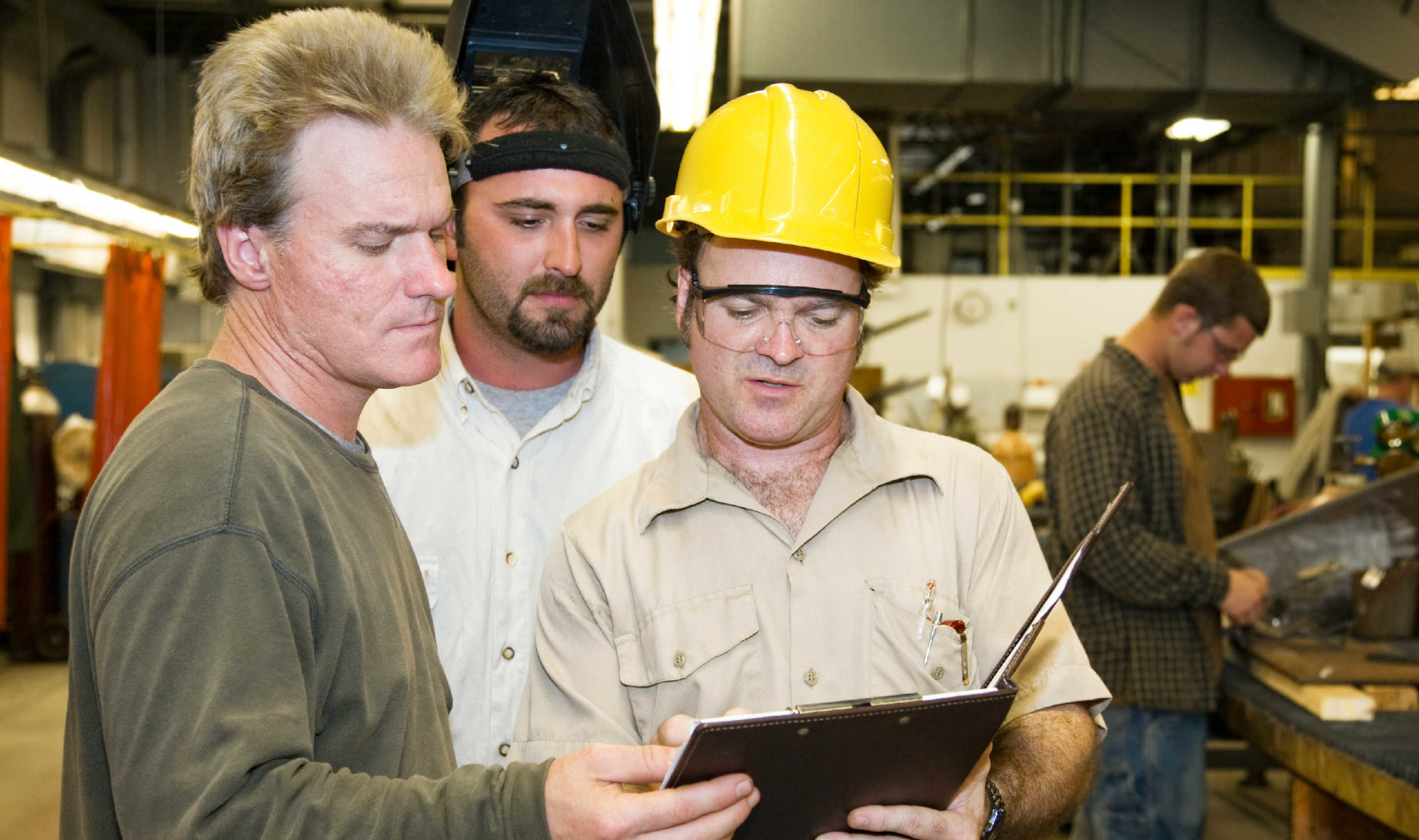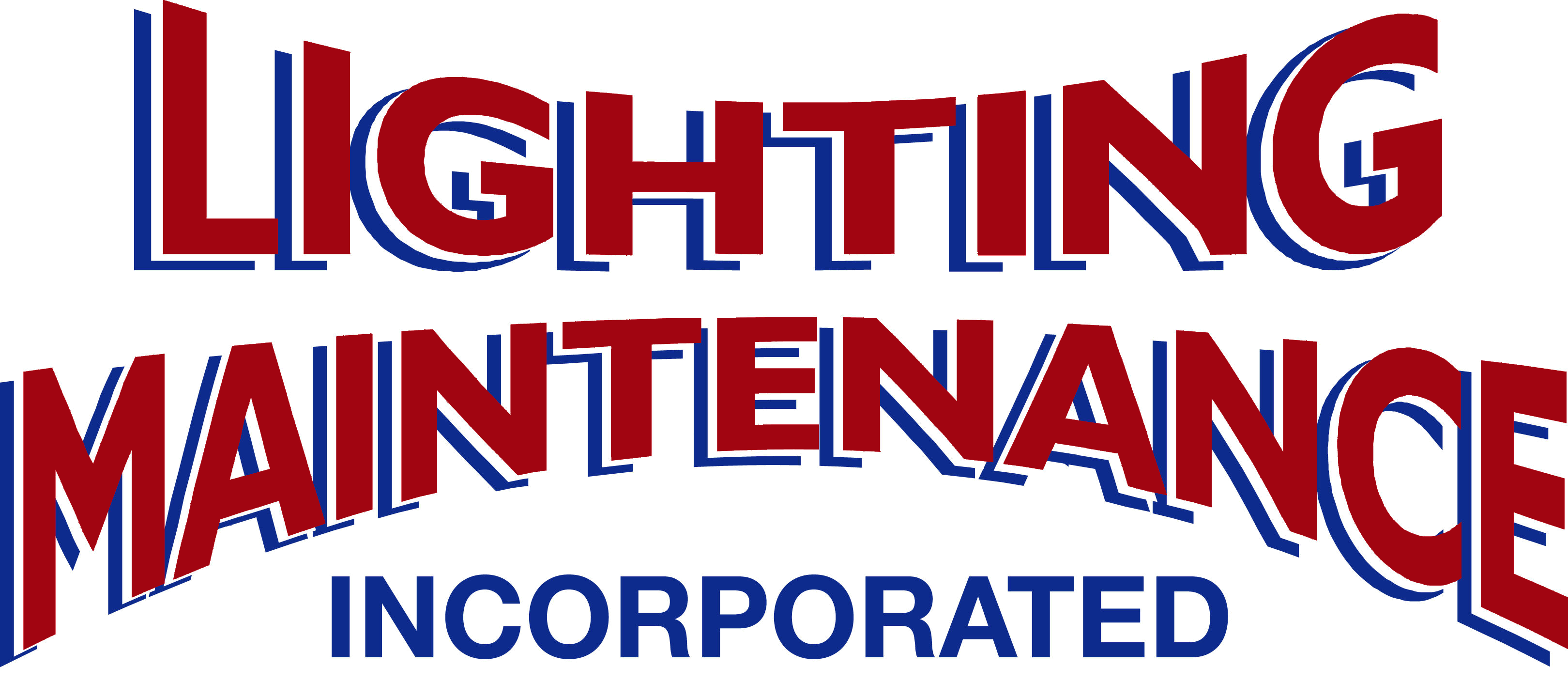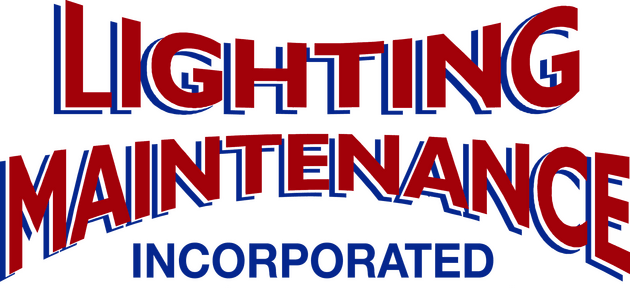19 Mar Commercial Energy Audits: What to Expect
Taking steps to save energy, reduce energy costs and have improved performance are all details commercial buildings should consider, as they are not only beneficial to the company, but also the environment. Energy audits provide you with the perfect opportunity to address potential equipment and operational improvements that will positively influence the future of your business.
What is an Energy Audit?
The purpose of an energy audit is to determine the logistics of how energy is used throughout your facility and identify areas where the facility can improve efficiency. A professional energy auditor will visit your facility, speak with the facility manager, and inspect a variety of areas, depending on the type of audit, to evaluate the current energy efficiency levels and usage practices.
- Lighting
- Air Conditioning
- Heating and Ventilation Equipment
- Controls
- Refrigeration
- Air Compressors
- Water Consuming Equipment
Benefits
Taking the step to get an energy audit allows you to switch to more energy-efficient solutions that will be very beneficial for your business. Getting a professional audit pays for itself in the long run, as transitioning to more effective energy solutions will cut operating costs drastically. During the inspection, the auditor will check for any possible health and safety risks such as high carbon monoxide levels, radon leaks, and more.
Commercial buildings that get an audit will also have the option to improve insulation and air sealing, which will lead to a more stable, efficiently heated and cooling space, resulting in increased comfort levels for employees. Your company will also be helping protect the environment by transitioning to more energy-efficient solutions.
Levels of Energy Audits
There are three levels of audits that commercial buildings may receive, and each builds on the other levels. The level of an audit will determine how in-depth the professional auditor will go and how much information will be compiled for the final report while inspecting your property.
Level 1: Site Assessment or Preliminary Audits
During this level of audit, the auditor will identify no-cost and low-cost energy-saving opportunities as well as probable capital improvements. Energy bills will be reviewed along with a short inspection of the property to determine any areas for advancement.
Level 2: Energy Survey and Engineering Analysis Audits
Along with no cost and low-cost energy-saving opportunities and probable capital improvements, Energy Efficient Measures (EEM) recommendations will also be provided that are appropriate for your budget. The auditor will review current energy costs, building characteristics and energy usage, and compile a more in-depth analysis of how energy is utilized in your building.
Level 3: Detailed Analysis of Capital-Intensive Modification Audits
This is the highest level of an energy audit, which means it’s very detailed. Recommendations and financial analysis will be provided for major capital investments. In addition to Level 1 and 2 actions, the auditor will also monitor your energy use, collect different data sets applicable to the inspection, and provide an engineering analysis.

The Energy Audit Process
Upon selecting an energy auditor and compiling a contract, the auditor will lead you through the process phase by phase. Some individuals will need to be available for the auditor like the facility manager, essential operations and maintenance staff, and the controls contractor if in existence. While establishing your contract with the energy auditor, you will decide which level of audit you prefer as well as the number of facilities you wish to have inspected.
Preliminary Review of Energy Use
The energy auditor will review utility data, building and system diagrams, equipment lists, and other facility information. The auditor will request at least two years of utility data to check for energy variations by season and become familiar with any patterns. The Energy Utilization Index (EUI) value for your facility will be calculated as well as energy end uses. This value will be compared to similar facilities to identify similarities and areas for improvement. Your auditor will be able to provide you with an early estimate of potential savings, a preliminary visual report, and assist you in determining which level of audit is best for your company.
- Compile and Review Utility Data
- Calculate Energy Use Intensity (EUI)
- Evaluate Energy Efficiency Improvement Potential
- Compare to Similar Facilities
Site Assessment
The auditor will perform a physical evaluation of your business and meet with essential operation and maintenance staff to discover how your facility operates and address any prevailing concerns or issues. A visual inspection will also be performed to evaluate construction details, HVAC capacities and efficiencies, HVAC control methods, and interior and exterior lighting systems. If your facility has previously had any audits, construction, or have planned changes, it’s essential to inform your energy auditor as well. During this phase, the auditor may address changes that can be implemented immediately, but you will meet at the end to review the initial findings.
- Interview Building Staff
- Compile Data
- Perform Visual Inspection of Building and Vital Systems
Energy and Cost Analysis
Baseline energy use, data from the onsite assessment and financial information will be considered during this phase. It’s crucial to provide your energy auditor with a thorough explanation of your facility’s economic methodology, business criteria, and budget expectations to ensure appropriate recommendations. The energy analysis portion will monitor variations in energy use depending on the time of day and season; as well as whole-building hourly energy use. The cost analysis portion will take current energy and implementation costs into account as well as foreshadow potential savings. It’s essential to include any utility incentives and tax credits as this could affect your budget if not accounted for. After this step, the energy auditor will develop a list of recommended EEMs and provide a prioritized list to help your team begin planning.
- Review Utility and Site Data
- Evaluate Potential Energy and Cost Savings
- Create List of Recommendations
Completion of Audit Report
The audit report should provide all the information required to help you make sound decisions about transitioning to higher energy savings and budget goals. A typical report will include an analysis of existing equipment, an analysis of current building conditions and energy use, and a variety of EEM recommendations based on the energy auditor’s findings. The EEM recommendations are categorized by no cost or low-cost measures, practical measures, and capital-intensive measures.
- Recap of Audit Findings
- Propose Recommendations
The energy auditor will also compile a summary of utility incentives and rebates or tax credits. Additionally, a list of energy efficiency products or vendors will be included in most reports as this encourages you to make forward movements resulting in a smooth transition. It’s essential to hold a final meeting with the auditor and key staff to review the final report and make sure everyone is on the same page to begin taking steps to improve energy efficiency in your business.
Closing
While an energy audit can be an intimidating process, evaluating your current equipment and operational procedures can help save energy, reduce energy costs, and improve performance. A professional energy auditor will assist you through a series of steps to determine how energy is utilized throughout your facility. After the tests, you will receive an audit report with compiled information and suggestions on how you can improve your facility, and in turn, positively affecting the environment around you.




